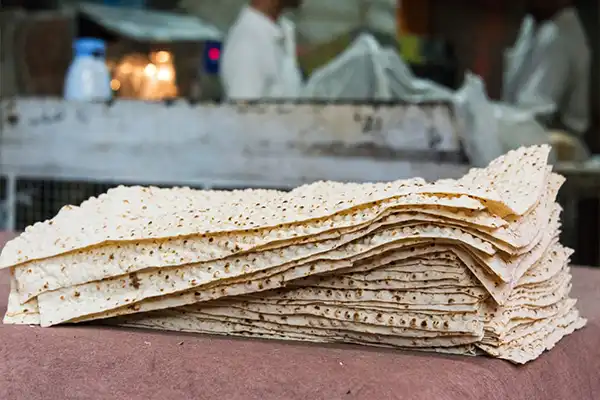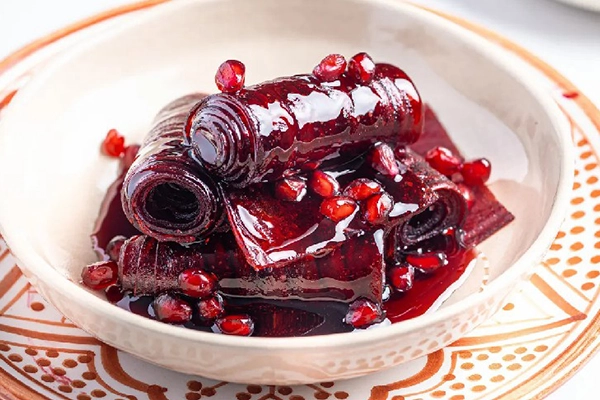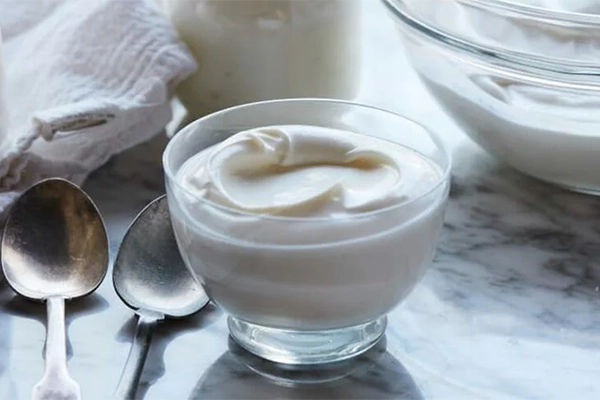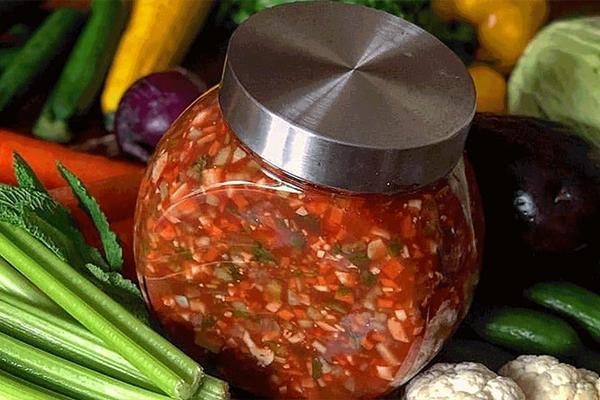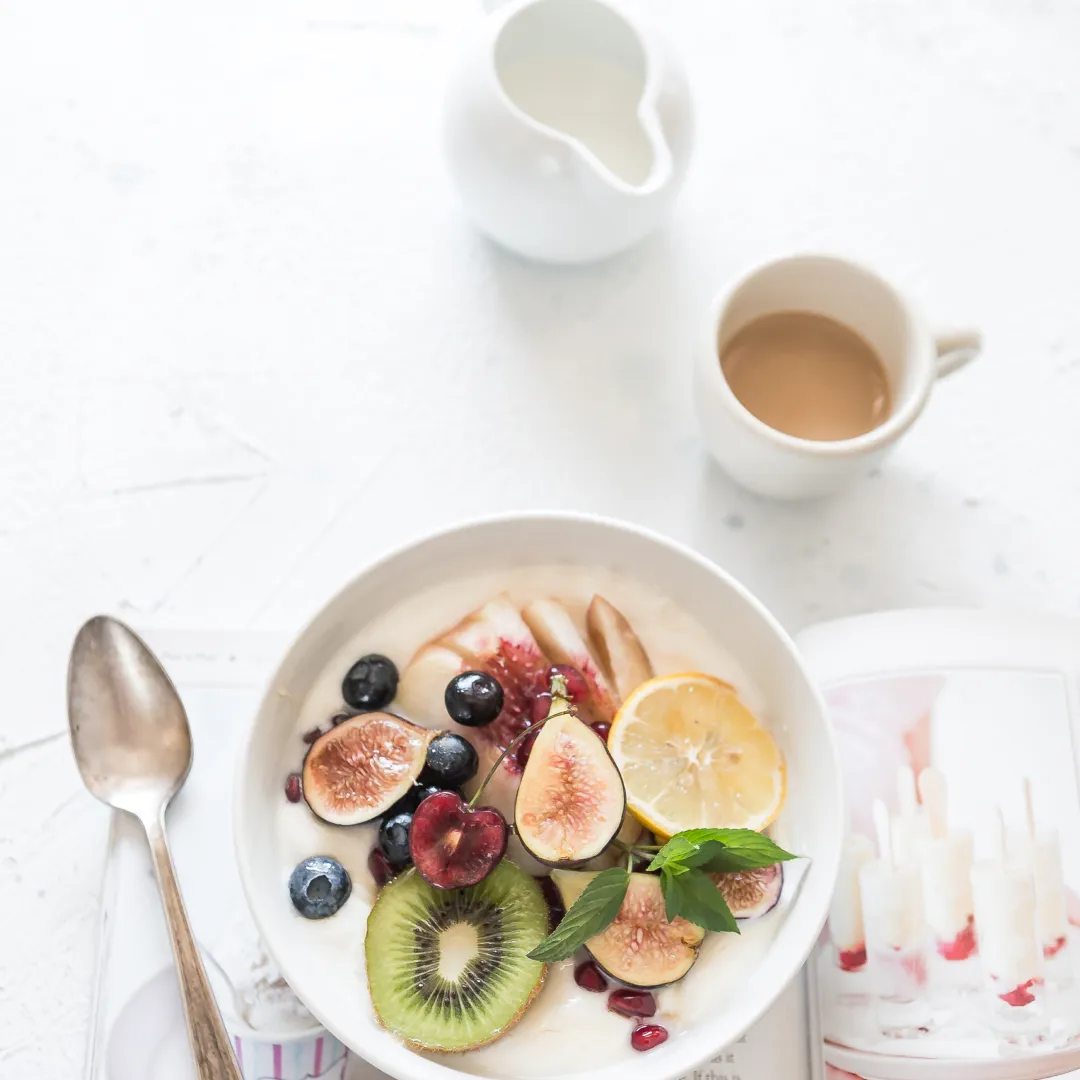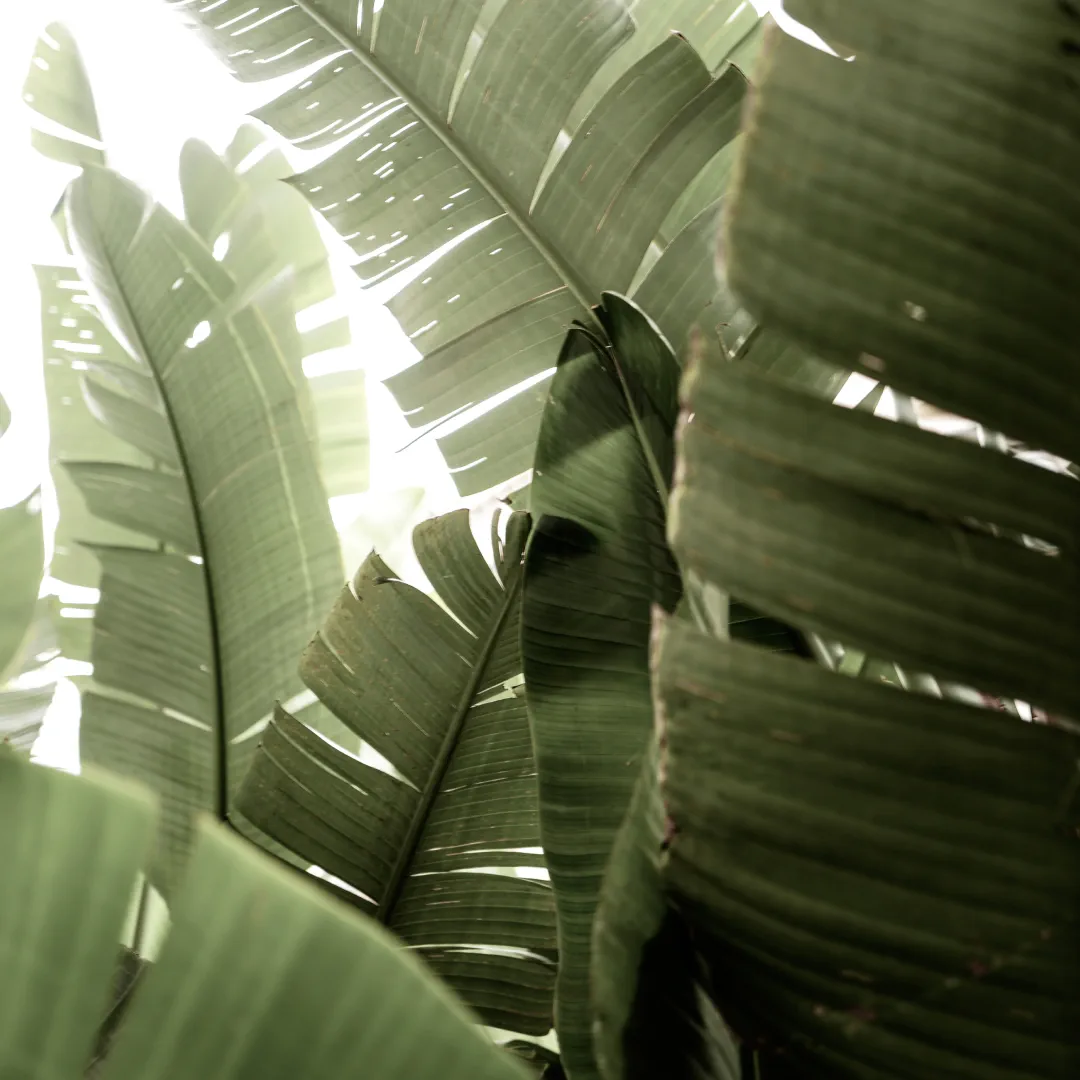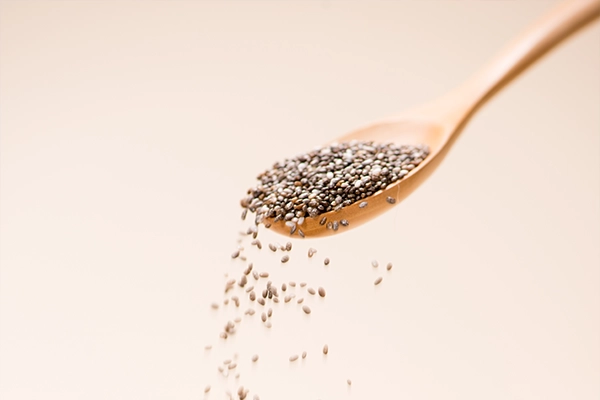Bread has long been a staple food for humans. This healthy and nourishing food is made by baking dough prepared from wheat, barley, rice, or corn flour. In addition to flour, water, salt, and a leavening agent like yeast or sourdough are used in making bread dough. Sometimes other ingredients such as milk, oil, vegetables, fruits, and spices are also added. In this article, we introduce you to various Types of Iranian bread. Also If you’re keen about fresh bread benefits you can read other Faraz blogs.
Facts about various Types of Persian bread
Some types of persian bread like Sangak, Lavash, and Taftoon are highly regarded for their nutritional value and health benefits. The leavening process using yeast or sourdough significantly affects the final quality of the bread and enhances its digestibility and absorption. Adding nutritious ingredients such as bran, whole grains, walnuts, sesame seeds, and spices to Types of iranian bread can increase their nutritional value.
The baking method, whether in a tandoor oven, regular oven, or on a hot stone, influences the taste, texture, and appearance of the bread. Traditional Types of iranian bread, with their diverse ingredients and baking methods, are prominent examples of the rich culinary culture of this land. Sangak, Lavash, and Taftoon are among the most famous local breads of Iran, made with whole wheat flour or Sangak flour. Some Types of persian bread incorporate natural additives like walnuts, coriander seeds, thyme, and saffron, which give them a unique flavor and aroma. Occasionally, in addition to wheat flour, barley, rice, or other local grains are used in making Types of iranian bread, increasing their nutritional value.
The traditional baking of bread in clay ovens or on hot stones is a fascinating and artistic aspect of Iranian cuisine. This baking method not only imparts a unique flavor and texture to the bread but is also considered a symbolic and beautiful process. The skill of the baker in controlling the oven temperature, slapping the dough onto the hot walls, and removing the baked bread with a hook is an art form passed down through generations among bakers.

Most popular Breads in Iran
Now, let’s introduce some Types of iranian bread and their recipes:
Sangak Bread
One of the oldest and most beloved Types of persian bread, Sangak bread is the only bread containing bran in Iran. This ancient bread is made with wheat flour and bran, though some bakeries also produce a version without bran using white flour. you can buy fresh Sangak Bread from Faraz.
Barbari Bread
This bread is usually served with breakfast and has an extraordinary taste when paired with cheese and tea. Barbari bread has a very soft texture and a crispy crust, made from refined flour.
Taftoon Bread
Taftoon is one of the Types of iranian bread made from traditional ingredients such as bran flour, milk, eggs, and yogurt in its dough, contributing to its delicate taste and texture while being rich in nutrients. Sprinkling poppy seeds on the bread, in addition to its visual beauty, adds a bittersweet flavor that creates an attractive combination with other foods.
Lavash Bread
Its simplest form consists of flour, water, salt, and yeast, resulting in a very thin and completely traditional bread. The method of baking this bread on hot stones or metal surfaces results in a crispy or soft crust, depending on preference.
Shirin Mal Bread
Shirin Mal is a type of sweet and saffron-flavored flatbread made from wheat flour, milk, sugar, saffron, and yeast. It has a round shape and is baked in an oven, served warm as breakfast or dessert. It is one of the most popular Types of persian bread.
Barley Bread
Barley bread is baked in local bakeries and has a unique and slightly bitter taste, which is why it has fewer fans compared to authentic and traditional Types of iranian bread. Barley bread is highly nutritious and beneficial for individuals who are ill. It is also considered a diet bread, and people on specific diets consume it.
Dry Bread
This bread is baked in a few bakeries. As its name suggests, it requires more time to bake, and its main ingredients are yeast dough, water, and flour.
Date Bread
Date bread is a type of Iranian bread with a warm taste, and its main ingredients include dates, sugar, eggs, flour, and oil. This bread is baked differently in the oven. Date bread is moist and dense, with a rich date flavor.
Nutritional Value of Types of Iranian Bread
The issue of calories and nutritional value of various types of bread is very important, especially for individuals who care about their health and fitness. Here are some key points in this regard:
1. Traditional Iranian breads such as Sangak, Barbari, and Taftoon are usually made from whole wheat or bran flour, which, in addition to higher calories, are rich in fiber, vitamins, and minerals.
2. Contrary to common belief, thin breads like Lavash are not necessarily low in calories; rather, the type of flour and baking method affect their calorie content.
3. Consumption of sweet or fried breads should be done with caution as they have high calories and sugar content.
4. To control calorie intake from bread, it’s better to control the amount consumed rather than replacing it with nutritionally poor alternatives.
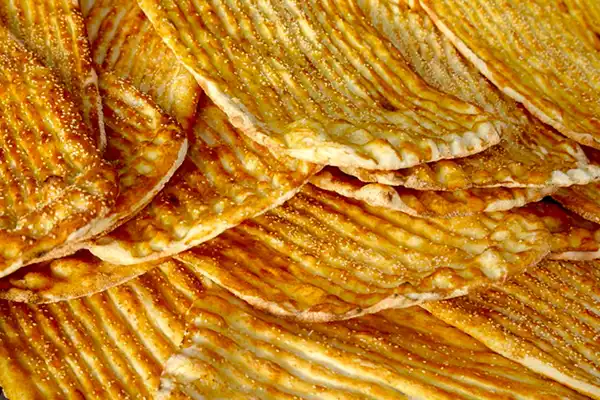
The Cultural & Iranian Bread
Bread holds a sacred place in Iranian culture, deeply rooted in traditions and rituals. Beyond nourishment, it symbolizes hospitality, generosity, and community. The aroma of freshly baked bread wafting through the streets is a quintessential part of the Iranian experience. Families gather around the bread, tearing it apart and sharing stories, strengthening their bonds. Bread is revered, and its waste is considered disrespectful. Iranian poetry and literature are replete with references to bread, reflecting its profound cultural significance. From the intricate art of bread-making to the communal act of breaking bread, Iranian bread embodies the richness of a civilization that has woven it into the very fabric of its identity.
Conclusion
Ultimately, the most important point is to choose balanced and nutritionally rich bread according to individual needs, not just low calories. Bread is a traditional and valuable part of the Iranian diet that should be consumed properly. Efforts are being made to produce healthier breads using whole-grain flour and adding nutritious ingredients.
